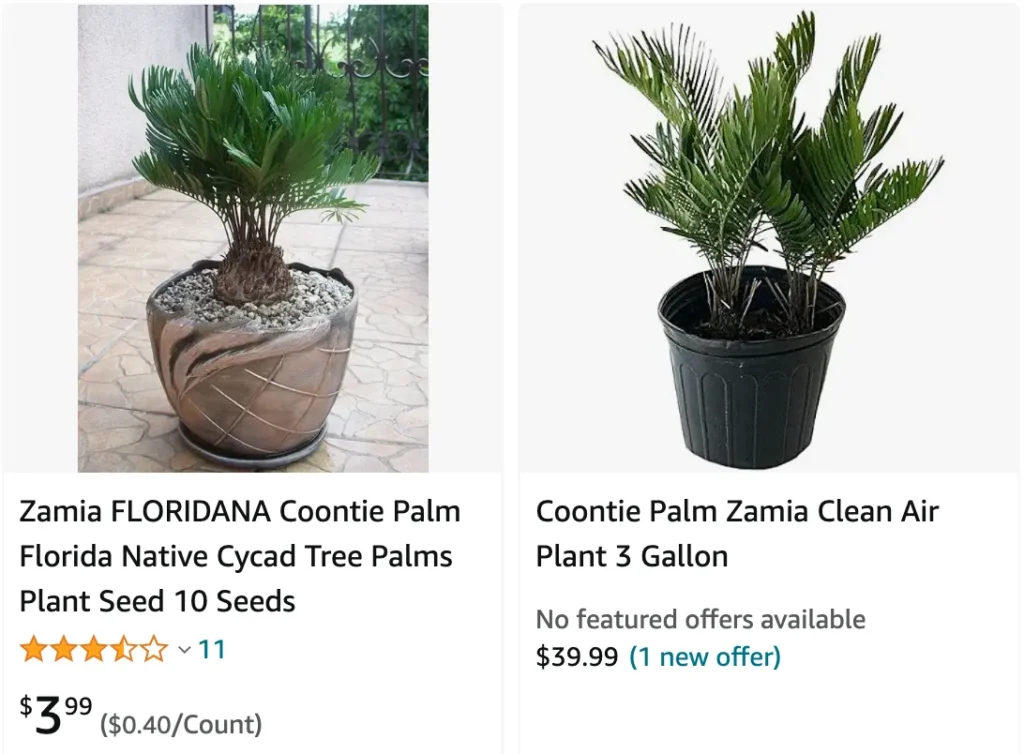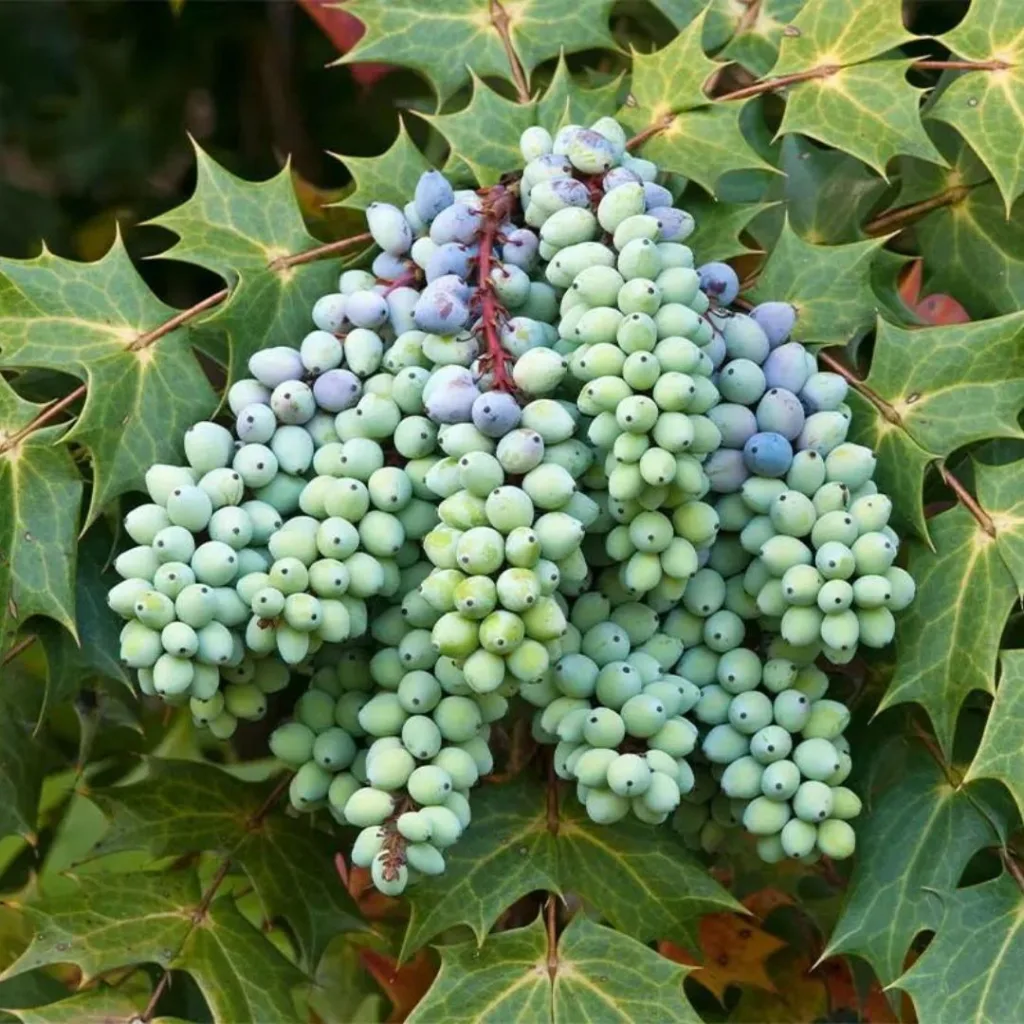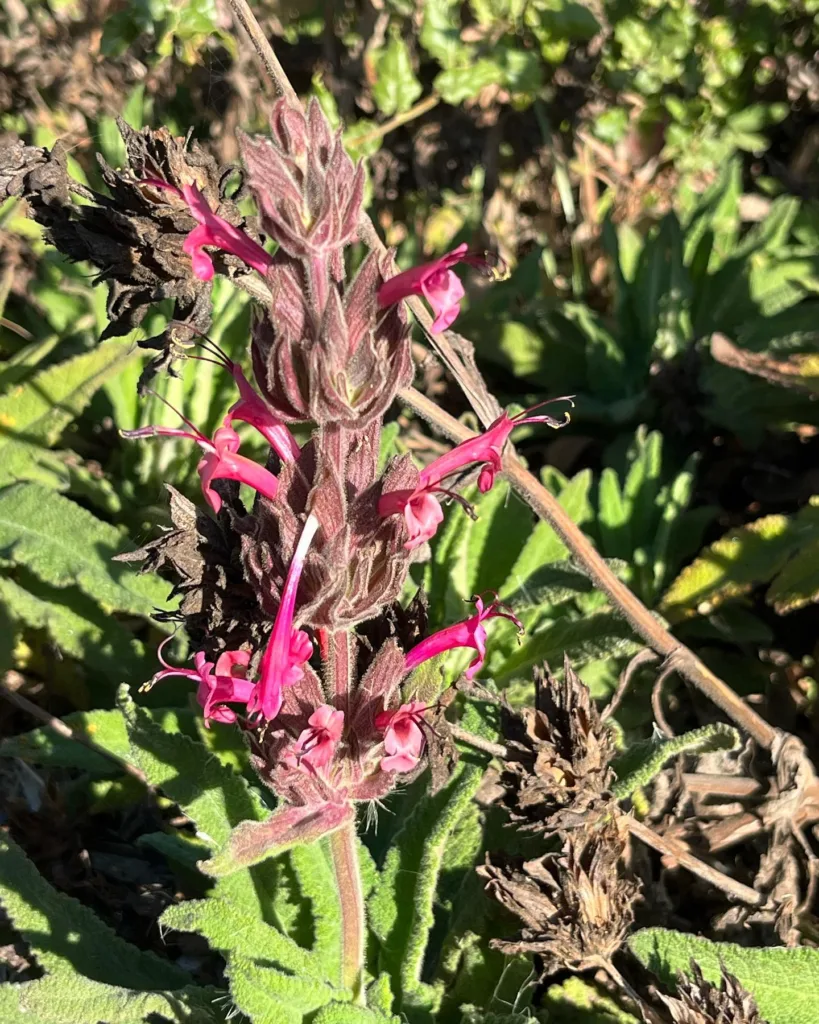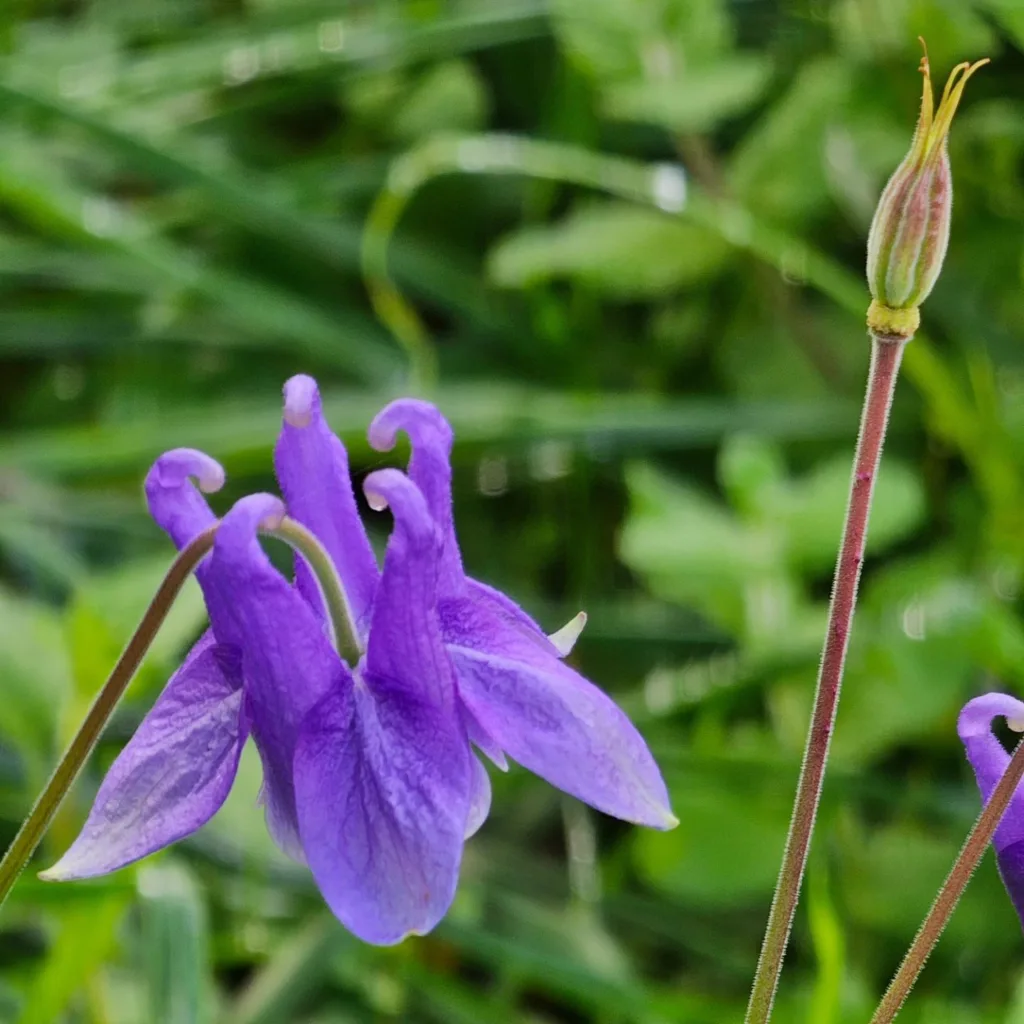
Zamia Integrifolia: A Guide to the Florida Arrowroot
Hi, I’m Ferb Vu, and I’m here to answer your questions about the Zamia integrifolia, also known as the coontie palm or Florida arrowroot. This fascinating cycad native to the southeastern United States and the Caribbean has a rich history and unique characteristics.
Whether you’re a seasoned gardener or just starting your plant journey, this guide will provide you with all the essential information about the Zamia integrifolia.
86 Species in Genus Zamia
What is Zamia Integrifolia?
The Zamia integrifolia is a small, woody cycad. Unlike true palms, it’s a member of the Zamiaceae family, an ancient lineage of plants that predate dinosaurs. This slow-growing evergreen boasts glossy, pinnate leaves that resemble a feather.
Is Zamia Integrifolia a Palm?
While the common name “coontie palm” might suggest otherwise, the Zamia integrifolia isn’t a true palm tree. True palms belong to the Arecaceae family and are known for their single, unbranched trunk. In contrast, the Zamia integrifolia has a fleshy underground stem and multiple fronds sprouting from the base.
Zamia Integrifolia vs Pumila
Comparing Zamia Integrifolia with Zamia Pumila, I’ve found that Integrifolia has a more robust, rugged appearance and can handle a bit more neglect, while Pumila’s smaller, more delicate fronds give it a daintier charm that’s perfect for tighter spaces.
Zamia Integrifolia vs Zamia Floridana
When it comes to Zamia Integrifolia vs Zamia Floridana, Integrifolia’s thicker, more leathery leaves make it a tough, low-maintenance choice, whereas Floridana’s finer, more intricate foliage has a unique elegance that I find adds a distinct flair to my collection.
Where Does Zamia Integrifolia Grow?
The Zamia integrifolia thrives in the warm, humid climates of the southeastern United States (Florida and Georgia) and the Caribbean islands like the Bahamas, Cuba, and the Cayman Islands. They prefer well-drained soils and dappled sunlight, mimicking the understory conditions of their native habitat.
Can I Grow Zamia Integrifolia Indoors?
Yes, the Zamia integrifolia can be a rewarding houseplant. Just provide it with bright, indirect light, well-draining potting mix, and moderate watering. Avoid overwatering, as this can lead to root rot.
How Big Does Zamia Integrifolia Get?
The Zamia integrifolia is a slow grower, typically reaching a mature height of around 3 feet (1 meter) with a spread of 2-3 feet (0.6-1 meter). Its compact size makes it ideal for containers or smaller gardens.
How to Care for Zamia Integrifolia?
The Zamia integrifolia is a relatively low-maintenance plant. Here’s a quick guide to caring for it:
- Light: Provide bright, indirect light indoors or dappled shade outdoors.
- Water: Water moderately, allowing the soil to dry slightly between waterings. Avoid overwatering.
- Soil: Use a well-draining potting mix for container plants. Amend garden soil with sand or perlite to improve drainage.
- Fertilizer: Apply a balanced fertilizer sparingly during the growing season (spring and summer).
- Pests and Diseases: The Zamia integrifolia is generally pest and disease resistant. However, keep an eye out for mealybugs or scale, which can be treated with insecticidal soap.
Is Zamia Integrifolia Poisonous?
Be aware: All parts of the Zamia integrifolia are considered toxic and can cause severe stomach upset, vomiting, and diarrhea if ingested. Keep this plant out of reach of children and pets.
Interesting Facts About Zamia Integrifolia
- Historical Significance: Native American tribes used the starchy corms (underground stems) of the Zamia integrifolia as a food source, processing it into a flour called “coontie.”
- Medicinal Uses: Some historical accounts suggest the Zamia integrifolia may have been used medicinally, but there’s no scientific evidence to support these claims.
- Endangered Status: Due to habitat loss and over-collection, the Zamia integrifolia is classified as “Near Threatened” by the IUCN.
Conclusion
The Zamia integrifolia is a unique and fascinating plant with a rich history. Its glossy foliage and compact size make it a valuable addition to any home or garden. Just remember to provide the right care and keep it out of reach of pets and children.
I hope this guide has helped you learn more about the Zamia integrifolia. If you have any further questions, feel free to leave a comment below. Happy planting!
If i die, water my plants!



